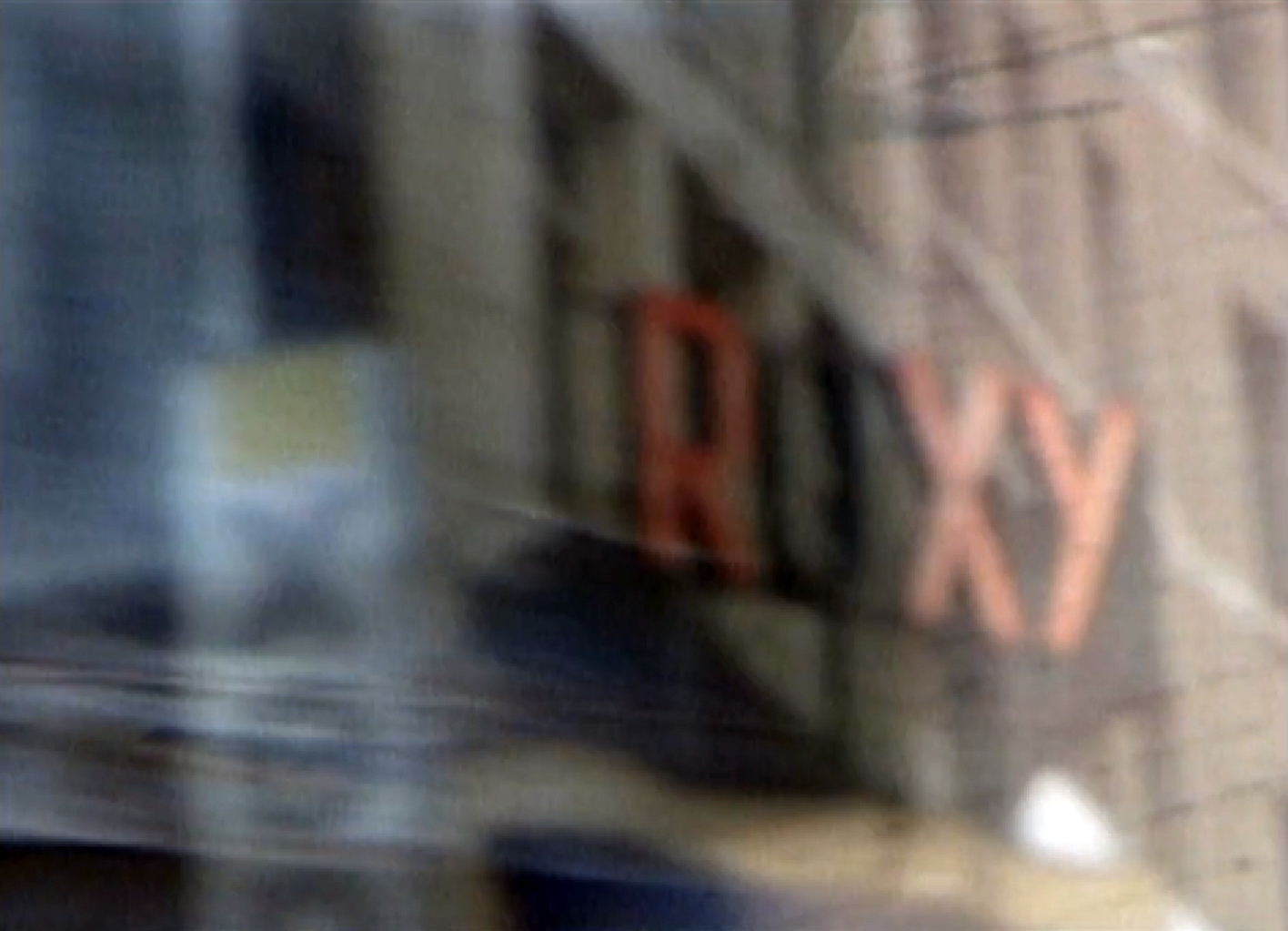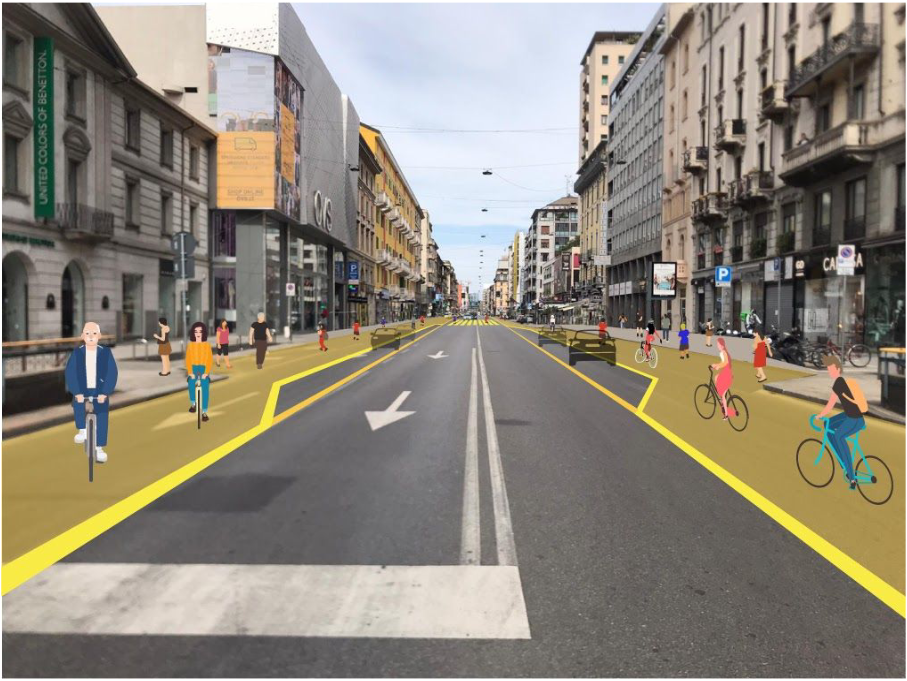
Open from 1987-1999, Amsterdam’s Roxy Nightclub emerged at the genesis of rave culture, enjoying success during a crucial turning point in the socio-economic organisation of the inner city.
Open from 1987-1999, Amsterdam’s RoXY nightclub emerged at the genesis of rave culture, enjoying success during a crucial turning point in the socio-economic organisation of the inner city.
Amsterdam’s legendary RoXY nightclub closed down on 21 June 1999 in the most spectacular style. Beginning with the funeral of the club’s founder Peter Giele (who had died of a brain haemorrhage at the age of 55) the day had already been a bit of a fiasco, with Giele’s corpse falling out of the coffin as it was being lowered into the grave. But it got worse at the wake, when some indoor fireworks started a fire that managed to burn the whole place down.
Significance to Amsterdam’s alternative scene – Roxy Nightclub
It was a sad end, and not one that Giele would have wanted. While it may have secured the club’s legendary status, the space was host to many important artworks and it represented the crowning achievement of a man whose significance to Amsterdam’s alternative cultural scene was immeasurable.
Right time, right place
Operating for just over a decade, the club’s opening in 1987 came at an incredibly opportune moment. The late 80s was when house music really started to take hold in Western Europe, coming here in a process which started in the wake of disco, emerging from queer, black and Latino communities in Chicago, Detroit and New York in the early 80s and arriving in Europe by way of Ibiza and the legendary parties of DJ Alfredo at Amnesia.
The club that really captured the mood
In 1988, there was also the beginning of the so-called “Second Summer of Love” with a massive wave of free parties and illegal raves. Just as the previous summer of love in the late 60s was fuelled by LSD, so its successor was similarly fuelled by the widespread use of another new drug: MDMA, a substance which really stimulated euphoric, empathetic and loved-up experiences.
Around this time, several clubs cropped up that began to cater to the increasing numbers of people eager for an intense cocktail combining the drug; this new, often very soulful dance music; and also this incredibly vibrant and exuberant aesthetic, shaped by those black and queer communities who had first introduced the sounds in the early 80s. The club that really captured this mood in Amsterdam was the RoXY.
Converting the old Roxy Nightclub porn cinema into a club
Situated near to the city’s famous flower market, the RoXY was founded as a collaboration between Giele, DJ Eddy de Clerque and magazine editor Arjen Schrama. Giele, however, was the driving force behind the project: he was the person who first saw the potential of converting the old Roxy porn cinema into a club and it was him who shaped the RoXY into what he called a “total art” experience, giving the club the backronym “Radical Outlet for the Xenomaniac in You”.
Skyscrapper
Halfpage
Billboard
Skyscrapper
Halfpage
Filled with work from the local art scene
The toilets and the corridors were filled with work from the local art scene, there was a spectacular, constantly changing visual display produced by artist Gerald van der Kaap, and all this was underpinned by the music, with heavy emphasis on new genres, such as acid house, techno, jungle, drum and bass, breakbeat. Giele’s vision really resonated with the traditional modernist idea of “art for the masses”, providing a space where ordinary people could encounter experimental art, if they wanted to, but could just as easily get off their heads and dance all night.
An entertainment space
Prior to opening the RoXY, Giele was involved in setting up the squatted art gallery Aorta, located along the Warmoesstraat near the Oude Kerk and a lot of the ideas expressed in the RoXY were first developed there: providing an entertainment space alongside art, freedom for artists exhibiting, an emphasis on energy and a general decommodified, DIY aesthetic that took its inspiration from the punk movement that emerged a decade before.
A pretty exceptional moment in urban history
Both spaces would not have been possible without the wider socio-economic conditions prevailing in the city at the time. In Amsterdam, as with many of the other cities where rave really took hold in a big way, you have a very active movement seeking to challenge the fundamental organisation of working and living. This was helped by the still quite generous state benefits for artists and the unemployed. It was also helped by the fact that deindustrialisation and suburbanisation had left many cities with a large amount of underused space.
In other words, these cities gave a lot of people a lot of free space and a lot of free time. It was a pretty exceptional moment in urban history. Looking at the organisation of cities now, its difficult to see a time when a club like the RoXY could come back again.
//
And today?
The building that housed the RoXY from 1987-1999 is located at Singel 465-467 in Amsterdam. Now there is a clothing store at the address. So what remains of the RoXY are the many stories, myths and also the DJs and Djanes who played and grew up there. One of them is Djane Isis whose career began in RoXY. In an interview with Vice – an online magazine – she talks about her experiences:
Isis: “The RoXY was a great place. There has never been anything like it since. It’s just incredible how much work was put into creating a unique atmosphere back then. Every week you could hear the best DJs there, accompanied by great performances and artwork. The club was literally multi-disciplinary. It was avant la lettre-also ahead of its time.”
“Move freely as a woman”
Isis: “Moreover, it was the only place in Amsterdam where you could walk around as a woman and not be harrassed. There was a strict door policy, but inside was a uniquely safe and free environment, in which anyone could express themselves freely – gays, fashionistas, alternatives. Even completely naked people weren’t frowned upon.”
In Wikipedia it says: “The RoXY also enjoyed fame for its, very random, door policy. Those who were welcomed with an open door could just as easily be rejected the next time. Only a coveted membership guaranteed access. A positive consequence of the door policy was that there was usually a pleasant atmosphere inside.”
Theatrical ending
Isis: “By the time RoXY burned down in 1999, it had lost some of its magic. The fire was a big drama in Dutch house history, but in my opinion, it was the theatrical ending its founder Peter Gielen (RIP) would have wished for.“
Copyright of the text/interview with Isis belongs to Vice. Click here for the original interview. And here the version in German.












